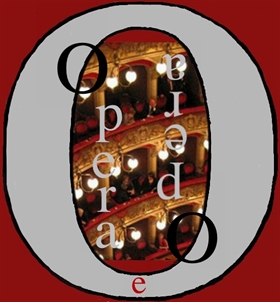By Neco Verbis —
From September 24, 2015 to January 10, 2016, alle Terme di Diocleziano will be open an exhibition dedicated to Henry Moore, the British artist who in the twentieth century helped define new canons for sculpture.
Henry Spencer Moore (Castleford, July 30 1898 – Much Hadham, August 31, 1986), son of a mining engineer, became famous for his abstract works in large bronze and marble sculptures squared.

- During the bombings of World War II by the Germans, Moore as many of his fellow Londoners, he used to take refuge in underground stations. From here drew inspiration for many of his works that made him famous. His style influenced by the art primitiva tribal and breaks with the classical tradition.
Henry Moore loved to be inspired by the human body. His statues represent primitive and deformed bodies, often with long limbs unnaturally stretched but game dynamics. Often depict women, symbol of fertility, or figures that underscore how supine man belong to nature. This theme has been interpreted as a sign of hope and faith in humanity, positive message that has contributed to the success of which the artist has enjoyed after World War II.
Twenty years after the last exhibition dedicated to the great Italian sculptor, on September 24 at the baths of Diocletian inaugurates a monographic exhibition with a series of 75 works.
Promoted by the Soprintendenza Speciale per il Colosseo, Roman National Museum and archaeological Area of Rome, the exhibition was conceived in collaboration with the publishing house Electa and the Tate, who holds one of the most important collections of works by Henry Moore dated from the 1920s to the 1970s, to which the artist himself contributed a donation.

Chris Stephens and Chamberlain, the exhibition presents a selection of sculptures, along with drawings, watercolors and prints, set up in areas which explore different themes – such as the modern age, war and peace – and the most known, as the female figure lying or mother with children, of which Moore made several versions.
The exhibition also focuses on the sculptures for public spaces in large halls of the baths of Diocletian are a suitable location to their monumentality.
Until January 10, 2016, Henry Moore offers the public a broad overview on the technique, vocabulary of shapes and figures, but also on its rejection of the classical conception of sculpture in material processing and treatment gaps in his works, assume the same dignity solid masses, thus leading to an inclusion of outer space in sculptural matters.
SOURCE AND PHOTOS SKY ARTE HD AND ROME GUIDE
Like this:
Like Loading...
Related



